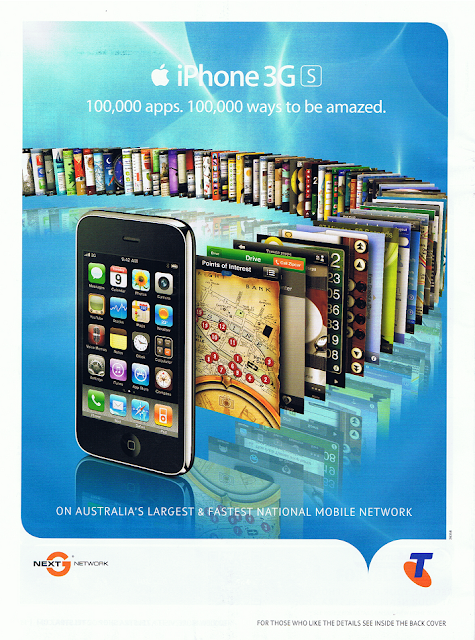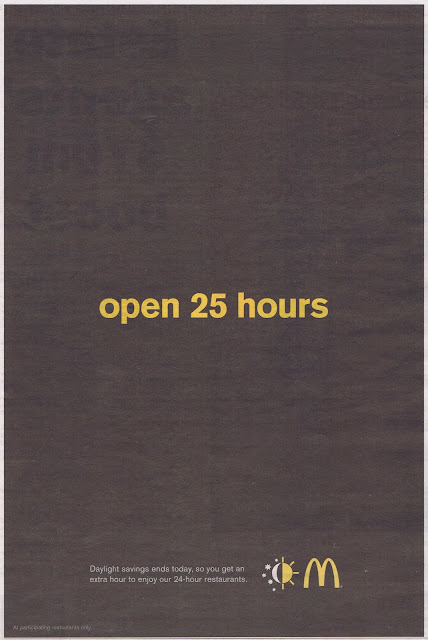Nothing.
But, it was bloody amazing! Freefalling from 14,000 feet is the most incredible thing you can experience.
Here are a couple of photos:
(Here’s some link love to the guys at Skydive Nagambie who ROCK!)
Although, I did have a minorly Marketing/Advertising related thought:
Red Bull should do an advertisement containing someone drinking a can of Red Bull whilst in freefall. It matches their brand image (i.e. “Red Bull gives you wings”, etc.), and would look extraordinary! I envision the can beneath the skydiver (held by them, someone else or shots of a combination of both) and they drink the stream of liquid as the wind catches it & it flies upward into their mouth.
Do it like this (watch what happens when the third guy grabs the bottle towards the end of the video):
NOT like this:
And a note to Red Bull GmbH: I’d like a nice compensation plan for my magnificent ad suggestion. I can be contacted via email.












